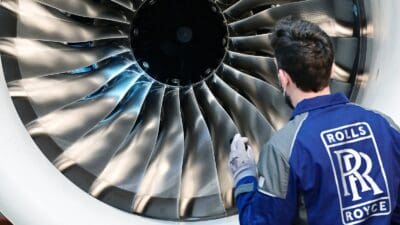There have been two occasions over the past year when HSBC‘s (LSE: HSBA) (NYSE: HBC.US) share price has fallen to around 650p. On both occasions it rallied strongly to reach upwards of 750p.
Indeed, just above that 650p mark is where shares are currently trading, so I feel that now could be a great entry point and, as such, I’m seriously considering adding to my holding in the company.
Of course, charts are not always ‘on the money’ but I think that HSBC’s shares are stuck in a sideways range between 650p and 750p and, unless there is some significant news flow to push shares outside of this range, I would expect them to continue to bounce around between these two figures.
So, while they are at the lower end of the range, I think it’s a good time to top up my holding, potentially looking for a 15% rise to 750p.
Of course, what I see as a favourable chart is not the only reason why I’m thinking of adding to my shareholding in HSBC.
Over the past few years, HSBC’s cost: income ratio has steadily increased and has been among the best of its peers. Currently standing at 53.5%, this has improved dramatically since being as high as 69.1% in December 2012.
Although impressive, the bank continues to target a lower figure (a lower figure is better) and I believe that with the planned cost savings now set to come through, a lower figure is very achievable.
In addition, HSBC’s growth forecasts are highly impressive. The market expects earnings per share (EPS) to grow by 35% in 2013 alone, which would put HSBC among the ‘top table’ of growth stocks.
Indeed, the interesting point about such growth forecasts is that, unlike many of its peers, HSBC’s profits did not suffer to the same extent during the credit crunch and so an increase of 35% from a much higher base than its rivals is truly impressive.
So, I’m bullish on HSBC because its share price chart shows, in my view, that shares are currently at the lower end of their medium-term trading range. Furthermore, I’m impressed by the improvements in the bank’s cost: income ratio and the potential for it to fall further, as well as the sky-high growth rate that is forecast for EPS in the current year.







